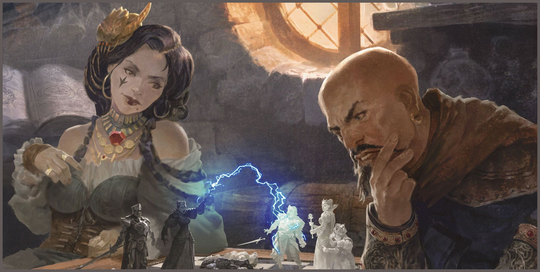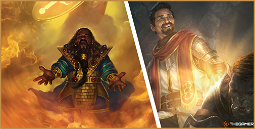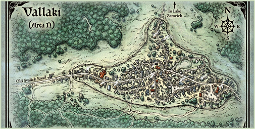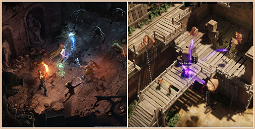Looking for tips on how to balance combat and storytelling in your D&D campaign?
If you’re the game master for a D&D campaign, it can be tough to get the balance right between combat and storytelling. Combat encounters are thrilling for players, but if you only ever focus on combat encounters and never allow your players to tell stories, role-play, and explore, it can be frustrating for them.
To help you find that sweet spot, it can be helpful to look at your favourite media that shares a similar tone or has influenced your adventure’s plot. For example, if your players are currently exploring an urban setting, you might have been influenced by the likes of Daredevil or The Wire – both of which offer slow-burning, character-driven stories that focus on the thrill of discovery and suspense. Building tension through storytelling, role-playing, and non-combat activities can create anticipation for your players when you eventually reach a combat encounter. Here are some other tips for balancing combat and storytelling in your D&D campaign.
The right balance
Allowing your players to explore combat scenarios without violence, using their skills to their advantage, is a great way to achieve a balanced experience. Sometimes, though, it’s just not possible to avoid a fight – especially if you’re playing a higher-level campaign where combat encounters are more difficult. Understanding your players’ preferences and their chosen character classes will help you reach a balanced experience.
Choosing a method for tracking experience and ensuring ample opportunities for your players to level up is crucial to maintaining a balanced experience. Combat encounters can take longer than in-game time suggests, so if you’re not careful, the game can quickly become dominated by combat encounters to the point where your players are too busy fighting to role-play and interact with the world.
Pacing for balance
Pacing is essential in maintaining a balanced experience. While combat can be exciting and fast-paced, it can also leave little room for storytelling and exploration. If you want to limit the number of combat encounters per session and increase the amount of role-playing, you can shorten the length of combat rounds. This way, combat can still feel dynamic, but it won’t dominate the session. You can also keep track of the amount of time that has passed since the last encounter.
Long-term campaigns often have multiple plot lines, each of which requires a different balance between storytelling and combat. For example, if you have a party that includes a bard who is focused on their music-based abilities, you might want to ensure that you incorporate musical opportunities for them to explore. If you have a cleric, it might be worth ensuring that you have opportunities for them to practice their healing skills before combat encounters.
If you’re unsure about how to balance combat and storytelling, you can learn from others who have experience as game masters. There are also a number of podcasts that document gameplay, which can be a great source of information and insights.
Balancing combat and storytelling is a continuous learning process, but understanding your players’ preferences is key. By learning from others or listening to podcasts, you can learn about methods that have worked for other groups and apply them to your campaign. Remember, it’s all about trial and error, so don’t be afraid to try out different things and see what works best for you.














